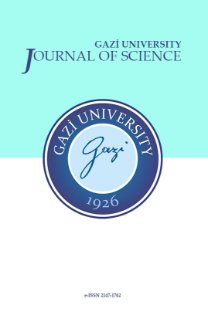Environmental Life-Cycle Impacts of a Single-family House in Portugal: Assessing Alternative Exterior Walls with two Methods
The main goal of this paper is to assess alternative exterior walls options to support decision at project level of new buildings in Portugal towards reduced life cycle energy and environmental impacts. A life-cycle model for buildings has been developed focusing on alternative external wall systems (single, double) and contemporary materials. A comprehensive life cycle impact assessment (LCIA) is presented, including results for two well-known LCIA methods: CML2001 and Eco-indicator’99, which are compared on their performance through application to the same life cycle inventory for a single-family house in Portugal. Key Words: Building envelope; environmental impacts; life cycle assessment; single-family house.
___
- [1] RCCTE: "Regulamento das Características de Comportamento Térmico dos Edifícios (Portuguese Buildings Thermal Behaviour Code), Ministry of Public Works Transportation and Communications, 2468-2513 (2006).
- [2] Blanchard S. and Reppe P., Life Cycle Analysis of a Residential Home in Michigan, Center for Sustainable Systems, Report No. CSS98-05, University of Michigan, Ann Arbor, Michigan, 66 (1998).
- [3] Keoleian, G.A. Blanchard, S. and Reppe, P. "LifeCycle Energy, Costs,and Strategies for Improving a Single-Family House," Journal of Industrial Ecology, 4:135-156 (2001).
- [4] Utama, A. and Gheewala, S.H. "Indonesian residential high rise buildings: A life cycle energy assessment," Energy and Buildings, 41:1263-1268 (2009).
- [5] Sartori, I., and Hestnes, A.G., "Energy use in the life cycle of conventional and low-energy buildings: a review article," Energy and Buildings, 39:249-257 (2007).
- [6] Gustavsson, L. Joelsson, A. and Sathre, R. "Life cycle primary energy use and carbon emission of an eight-storey wood-framed apartment building," Energy and Buildings, 42:230-242 (2009).
- [7] Thormark C., "low energy building in a life cycle-its embodied energy, energy need for operation and recycling potential," Building and Environment, 37:429-435 (2002).
- Yayın Aralığı: 4
- Başlangıç: 1988
- Yayıncı: Gazi Üniversitesi, Fen Bilimleri Enstitüsü
